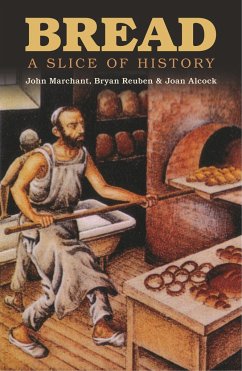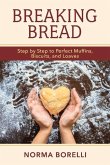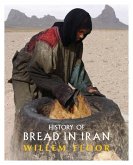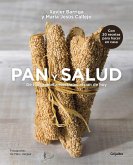Bread plays an important role in the folklore, culture, religion, and politics of residents of wheat-growing countries. It symbolizes fertility, prosperity, and protection against evil, and provides healing and consolation in times of hardship. It is also good to eat. The past 130 years, in particular, have seen dramatic changes in the way bread is made and in the patterns of consumption. Whether you like your bread white, sliced, and wrapped or stone-ground and wholemeal, or in the form of baguettes, bagels, or brioches, this book will tell you how they evolved and the technological, social, and economic changes that brought them to your local baker or supermarket at a price you can afford. Here is an authoritative overview of the most important of foodstuffs.








